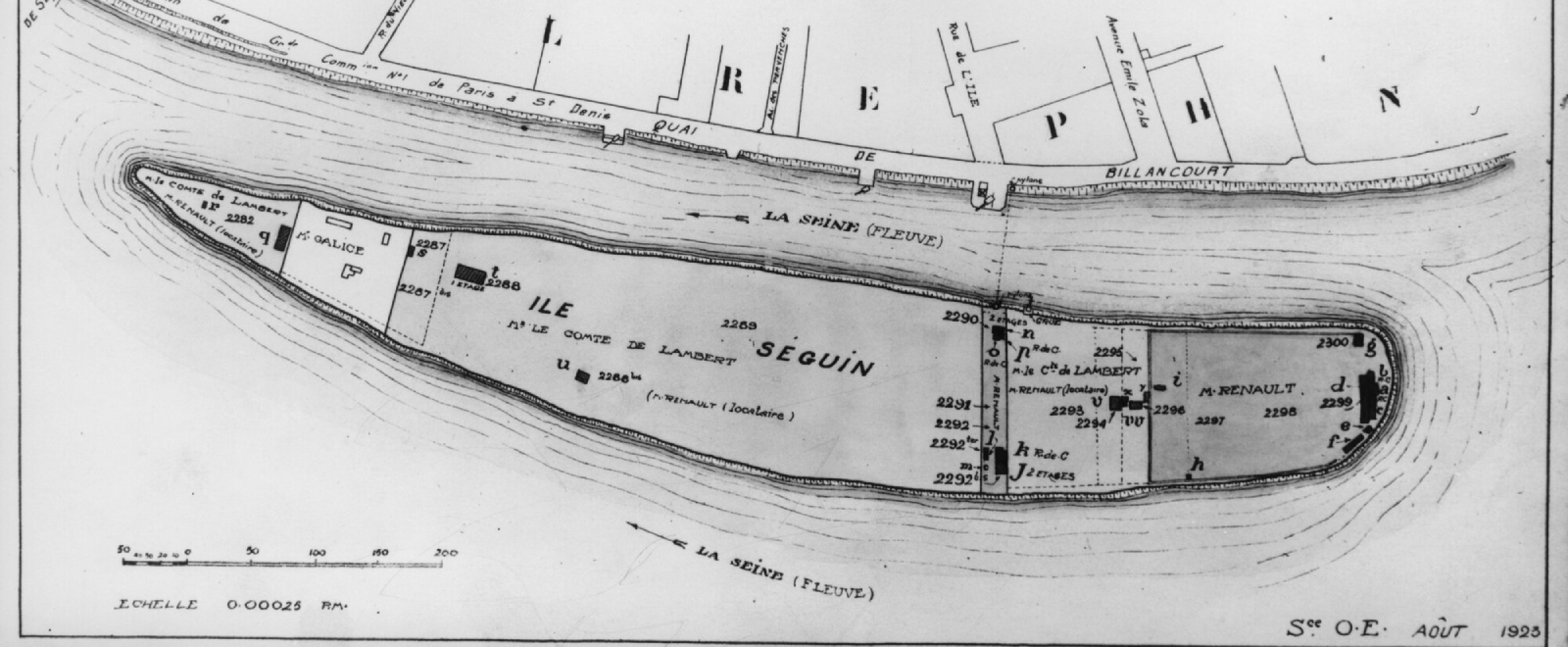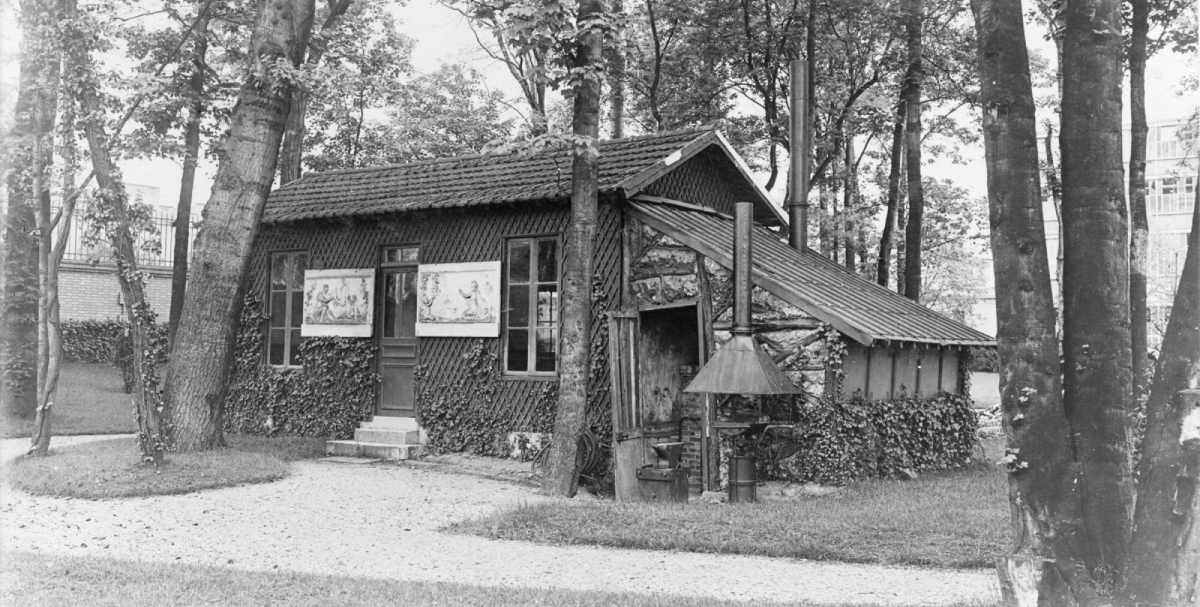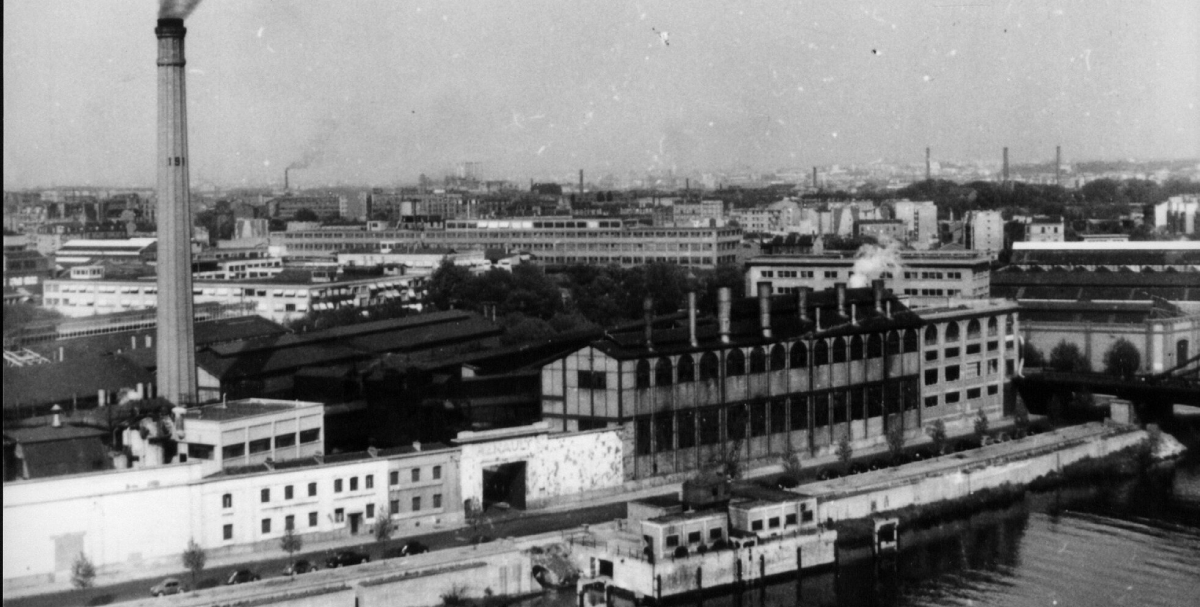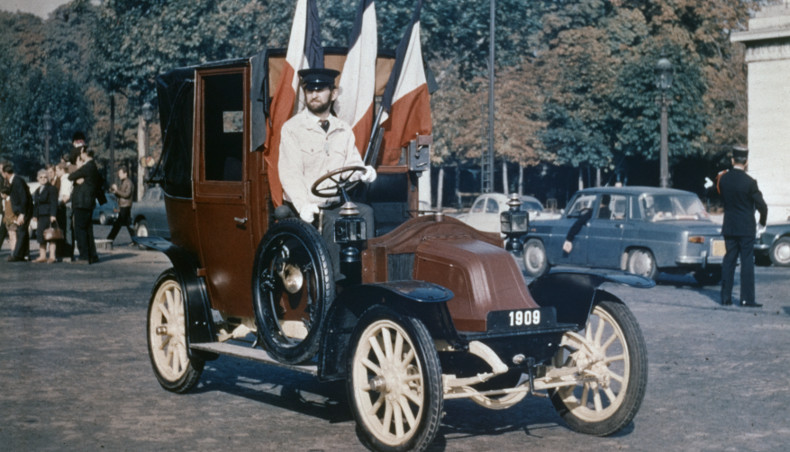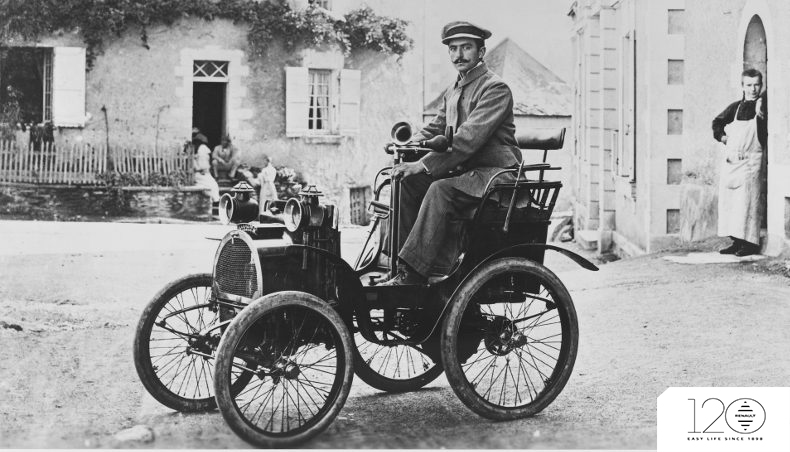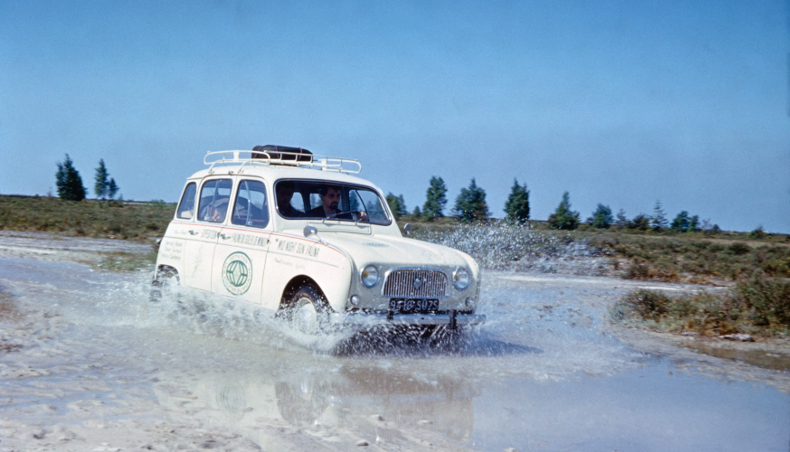

In 1919, Île Seguin was unused wasteland. Louis Renault bought up the island, plot by plot. Until then, the company owned plants along the Seine in an area of Boulogne-Billancourt known as the Trapeze, as well as on the river’s southern bank in Meudon. Four years after first purchasing a plot of land, the company began the major construction work for its plant on Île Seguin. But vehicle production at the car manufacturer’s first island-based plant would not start until 1930. The plant then built passenger cars, heavy goods vehicles, buses and even equipment for railways.
The renault plant at île seguin, the largest in france
Two years later, in 1932, a new production line was created. The aim was to manufacture a broader range of now legendary 4-cylinder vehicles, such as the Celtaquatre and Primaquatre, as well 6-cylinder and 8-cylinder vehicles, like the Vivasport and the Nervasport respectively. The plant also produced buses and lorries. Even then, Renault was already investing in innovation at the plant; the firm even created a test track in the building’s basement, for example. At the time, the Renault site at Île Seguin was the largest plant in France, with over 30,000 employees. Nevertheless, the construction was far from finished – it was only completed in 1937.

The renault plant at île seguin, a symbol of the brand
Production of the 4CV kicked off in the midst of the post-war period in 1947. The Renault plant at Île Seguin became a symbol of the brand’s links to the working classes. And in 1961, it was the Renault 4’s turn to come out of these now iconic production lines. Five years later, Renault had produced one million 4L vehicles at the plant. The 4L was a roaring success. But it was time to maximise the space in the building in order to make room for new projects; in 1967, the floor space was optimised so almost 100% could be used. But Renault also needed to build upwards. A fifth floor was added to the plant in order to boost production capacity and modernise the paint workshop. In 1986, the brand renewed its range of light utility vehicles with the Renault Express, produced in a completely renovated plant. Following on from the Renault 4 van, the utility vehicle proved a huge success right into the beginning of the 2000s. But in that time, production at Île Seguin came to a complete halt. The production line needed to be more competitive and although improvements were made, the building couldn’t meet the industrial requirements of the 1990s. The plant closed its doors for good on 31 March 1992, with the Supercinq Société the last vehicle to come off the Île Seguin production line.

A new chapter in the renault and île seguin story
But the story of Renault and Île Seguin in Boulogne-Billancourt is not over. The island’s purpose is changing; in 2017, it became home to La Seine Musicale – a cultural space located at the historic former Renault site. Renault Group chose this gathering place to host its 2023 annual general meeting. And in 2026, the Group’s new headquarters will open its doors in the heart of Renault’s historic home in Boulogne-Billancourt, just over the water from Île Seguin. Located behind the symbolic Pierre Dreyfus building, which is adjacent to the site of Louis Renault’s first workshop, the location on the banks of the Seine is the last unoccupied plot of the so-called “Trapeze” area which, with Île Seguin, made up Renault’s Billancourt plant. By choosing this iconic location for its new headquarters, Renault Group has proven its attachment to its French industrial roots, as well as its birthplace in Billancourt.

